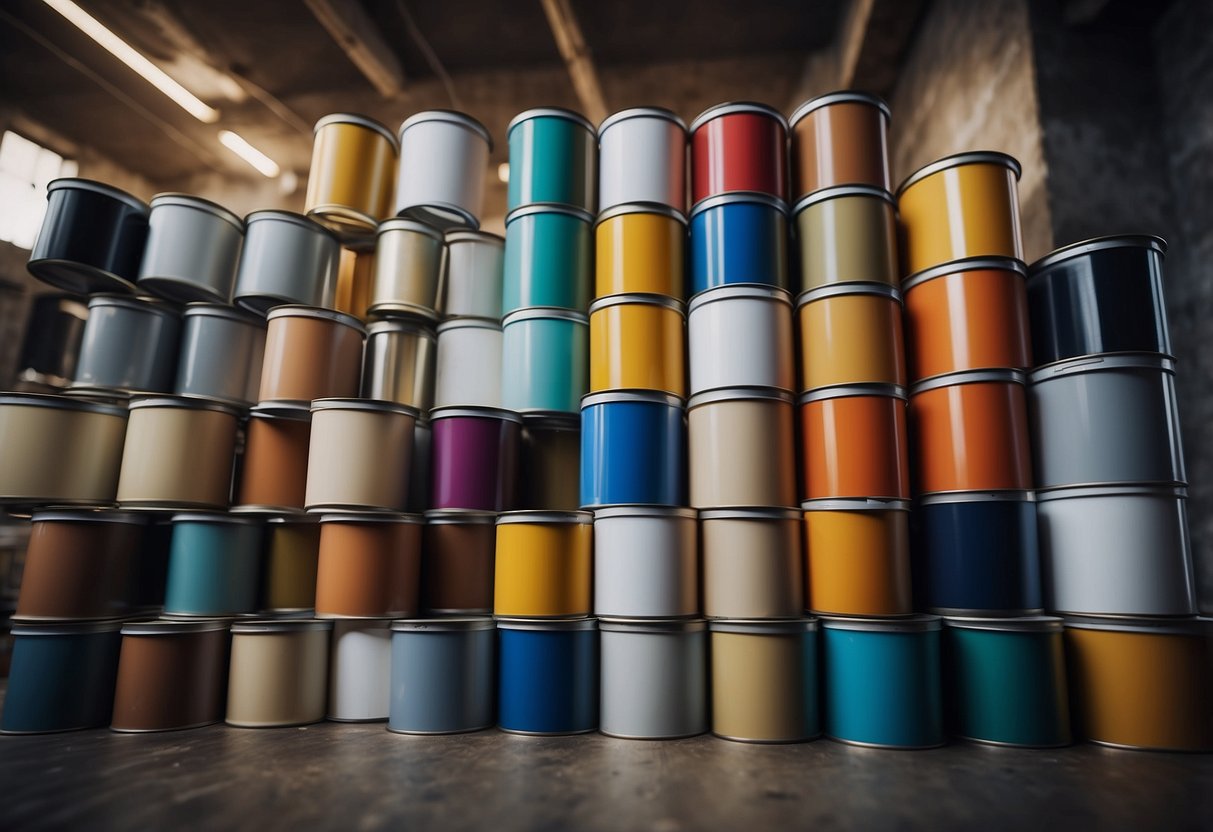The Ultimate Guide to Choosing the Perfect Paint Colors for Every Room in Your Home: Expert Tips and Tricks
Paint Finishes and Their Effects

The paint finish you choose can dramatically impact the look and durability of your room’s paint. Different finishes offer varied levels of sheen, durability, and ease of cleaning.
Selecting the Right Paint Finish
Choosing the right paint finish involves understanding how the sheen will affect the room’s appearance. Flat finishes provide a smooth, matte look with no shine, which is perfect for hiding wall imperfections. Eggshell finishes add a slight sheen and are mildly reflective, making them ideal for living rooms and dining areas. For a more durable option with a higher sheen, satin finishes offer a soft glow and are suitable for high-traffic areas. Semi-gloss finishes reflect more light and are moisture-resistant, making them perfect for bathrooms and kitchens. Finally, gloss finishes provide the highest sheen and durability, ideal for trim and cabinets.
Finish Durability for Room Usage
Different rooms in the home require paint finishes tailored to their usage. In living rooms and bedrooms, where walls are less prone to dirt and moisture, a flat or eggshell finish will suffice. These finishes are easy to touch up and create a cozy atmosphere. Kitchens and bathrooms benefit from higher durability finishes like satin or semi-gloss due to their resistance to moisture and ease of cleaning. High traffic areas such as hallways and entryways should use satin or semi-gloss finishes for their combination of durability and easier maintenance. For trim, doors, and cabinets, a gloss or semi-gloss finish is best due to its resilience and clean, polished look.
The Role of Color Trends
Color trends play a critical role in determining the mood and style of a space. By understanding current trends and balancing them with timeless choices, homeowners can create a space that’s both modern and enduring.
Current Trends in Interior Paint Colors
Current paint color trends often reflect broader cultural influences and technological advancements. In 2024, popular choices include warm neutrals like beige and taupe, as well as serene tones such as soft greens and blues. These colors promote feelings of calm and relaxation, ideal for creating a soothing environment.
Bold colors are also making a comeback. Vibrant shades like terracotta, deep navy, and forest green add depth and personality to any room. Accent walls using these powerful hues can create a focal point without overwhelming the space. Layering different shades within the same color family is another popular technique, providing complexity and unity.
Professional designers emphasize the importance of using color intentionally. Thoughtfully selecting colors can transform even the simplest rooms into inviting, stylish spaces.
Balancing Trends with Timeless Styles
While trending colors can refresh a home, it’s essential to balance them with timeless shades. Neutral palettes such as whites, grays, and soft taupes are enduring and versatile, making them suitable for any room. They provide a backdrop that allows for easy updates with changing trends.
Classic colors remain popular due to their ability to complement various design elements. Light gray, for instance, pairs well with both modern and traditional decor. Many homeowners find that using timeless colors for large surfaces, combined with trendy accents, achieves an elegant and balanced look.
Designers often recommend using trendy colors in easily changeable details, such as accessories or accent walls. This approach ensures the home feels updated without the need for frequent, extensive redesigns.



